
|
|
|
|
|
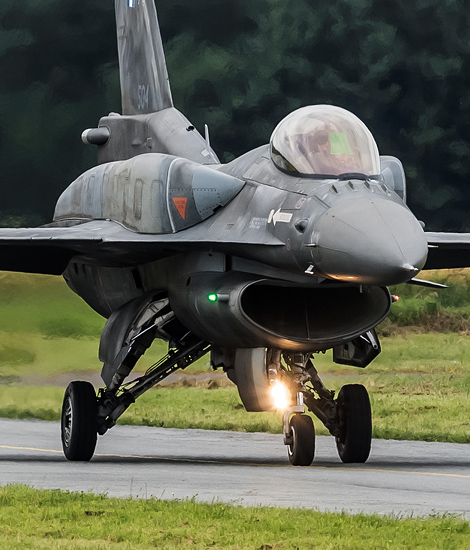
|
The no 1 Squadron “Stingers”; Florennes, June 24 – 27, 2016
De Belgian Air Force Days 2016, part 1; Text and Photograph's by Alex van Noye
The Belgian no 1 Squadron is the oldest squadron of the Belgian Air Force. The history of the unit began during the First World War, when the squadron was established as an air defense squadron of the Belgian Army. Today the no 1 Squadron is equipped with the F-16 Fighting Falcon and is stationed at Florennes.
The no 1 Squadron was activated at the Belgian airbase Brasschaat in the north of the country in 1913. The unit was at that moment equipped with the Farman MF-16. During the First World War the unit would move quickly to Kiewit and later to Ans. The unit soon moved to Dunkerque-Les Moëres in France to fight against the German armies. From 1916 the no 1 Squadron started to fly the Nieuport X, XI and XVI. Shortly after the war, the unit was disbanded until after the Second World War. The unit flew briefly with the Spitfire after the war. Soon the unit switched to the F-84G Thunderjet and later the F-84F Thunderstreak. The Thunderstreak was deployed in the attack role during the Cold War period. The Mirage V was introduced in the Belgian Air Force in 1972. The no 1 Squadron was stationed at Bierset and was the first unit which started to fly this new type. The Mirage V aircraft was revolutionary for the time. Throughout the 70s and 80s the no 1 Squadron flew the Mirage V. At the beginning of 1989, the no 1 Squadron began the conversion to the F-16 Fighting Falcon. This conversion was finally completed at the end of 1990. The last Belgian F-16s were delivered to the Belgian Air Force by SABCA in September 1991. During the conversion to the F-16 the unit was moved from Bierset to Florennes where the no 1 Squadron became part of the 2 Wing. Bierset Air Base lost its fighter status after the retirement of the Mirage V. The airbase was later home to the Belgian helicopters.
Shortly after the fall of the Berlin Wall and the Iron Curtain, the Mirage V photo reconnaissance aircraft were withdrawn from service in Belgium. The no 1 Squadron which was operating the F-16 took this task over from the Mirages. The last Mirages were phased out in 1993. As a workaround, the Belgian government had asked for some Oude Delft reconnaissance pods of the type Orpheus. This reconnaissance pod is a Dutch product and was for many years used on the Dutch Air Force F-16. The system was therefore immediately available for the Belgians. In 1996, the Belgian
|
|
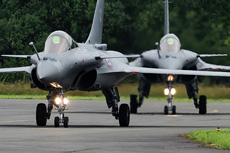
|
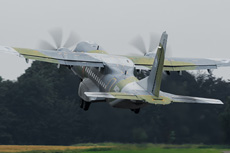
|
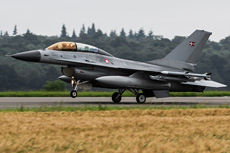
|
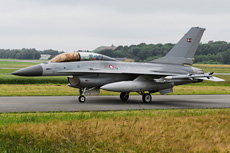
|
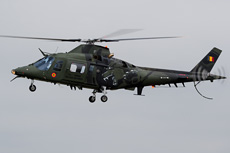
|
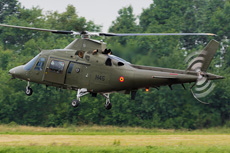
|
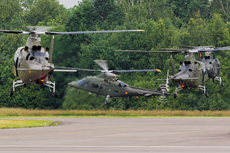
|
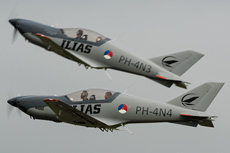
|
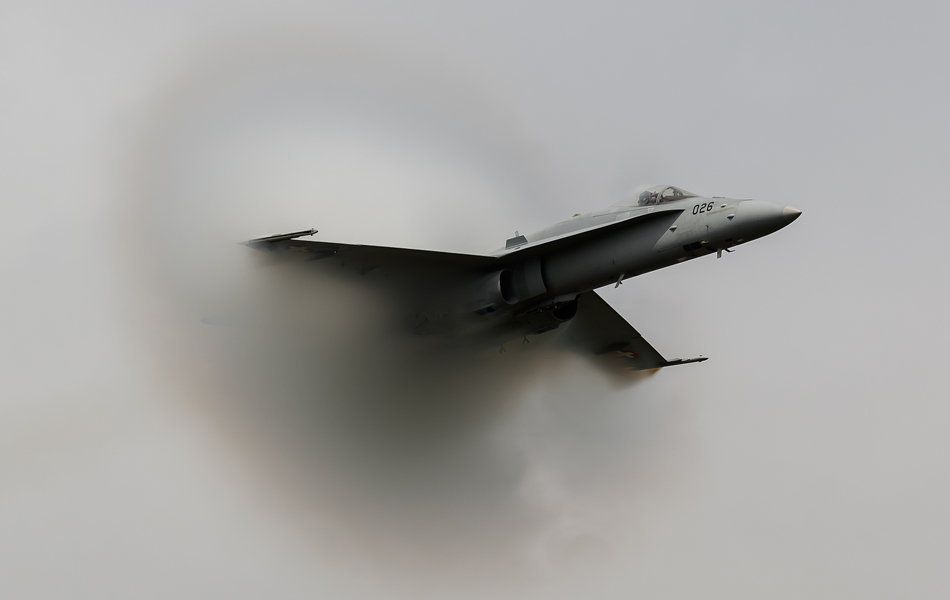
|
government decided to go for the Medium Altitude Reconnaissance System (MARS) of the Danish manufacturer Per Udsen. The MARS pod was initially equipped with the old cameras which came from the Mirages. Later in the 90s, these cameras were replaced by cameras with a higher resolution. These new cameras had also the line scan option to create real-time images. Since the introduction of the MLU F-16s from 1997, all F-16s in Belgium are able to carry a reconnaissance pod. The no 1 Squadron was no longer specifically a reconnaissance unit. All aircraft were from that moment deployed in this multirole. After the Cold War, the number of aircraft was reduced from 18 to 12 aircraft per squadron. This proved to be ineffective and in 2002 it was decided to go back to 18 aircraft per unit. As a result, the no 2 Squadron was disbanded and integrated with the no 1 Squadron.
The badge of the no 1 Squadron is recognizable by the green and blue thistle. This plant is shown in a golden crown on a black background. Around the shield is a thin red border. The unit is nicknamed "Stingers" and corresponds to the thistle on the badge, because the plant has spines for its own protection. The squadron motto is shown like in many old units in Latin. The motto of the no 1 Squadron is "Nemo Me Impune Lacessit", which means no one hurt me with impunity. This means that nobody can touch the thistle without being stung by the spines. This motto and the corresponding squadron batch shows the no 1 Squadron was a real air defense unit in the past. The F-16s of the no 1 Squadron were from 1990, when the unit was flying the F-16, recognizable by a black tail band bearing the logo of the city of Charleroi. The city of Charleroi is considered as the godmother of the unit. In addition to this city logo also the name of the unit and thistle were displayed. The F-16s were flying with this tail band until the end of 1995. In the period from 1995 to 1997, the tail band was replaced by an image of the wild boar which symbolizes the 2 Wing at Florennes. The F-16s tail code FS was indicating that the unit is stationed at Florennes. Not all planes were flying with the code and the concept was of a temporary nature within the Belgian Air Force. From 1997, all Belgian F-16s would only carry the Belgian flag on the tail of the aircraft. Since the MLU update, the aircraft would more and more be exchanged between units after its major maintenance. Therefore, it was no longer profitable to provide each aircraft with its own squadron markings.
The no 1 Squadron came in action for the first time right after the unit was founded during the First World War. Belgium was initially neutral during this war. However, more than half of the country was occupied by the Germans while the Belgians had a defensive role. The no 1 Squadron would participate in many dogfights during the defense of the country. After the First World War, it took until the 90s before the unit was deployed again. The no 1 Squadron operated in Yugoslavia in the 90s during the operations Decisive Endeavour, Deliberate Guard, Determined Falcon, Deliberate Forge and Allied Force. During these deployments several particular peacekeeping missions were flown. The no 1 Squadron is in Belgium the unit which had participated the most in the Air Policing mission in the Baltic States. This operation began when Lithuania, Estonia and Latvia became members of NATO. The Baltic countries did not have their own fighter planes and rely entirely on NATO for their air defense. In a rotation of three months the Belgian F-16s would patrol over the skies of these countries from March until June 2004. The F-16s of the no 1 Squadron were deployed for this mission at Siauliai Air Base in Lithuania. In early 2007 and late 2013, the mission was again flown by the F-16s of the no 1 Squadron. In addition to this mission the no 1 Squadron was also sent seven more times to Afghanistan during the ISAF - Guardian Falcon mission from 2005 until 2014.
|
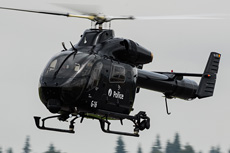
|
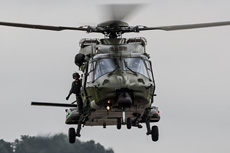
|
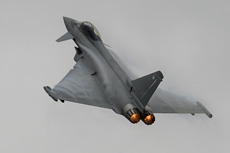
|
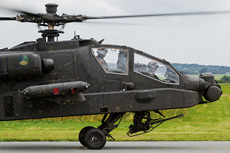
|
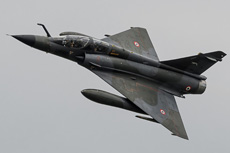
|
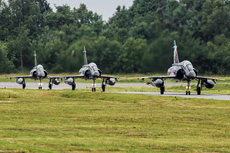
|
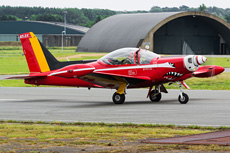
|
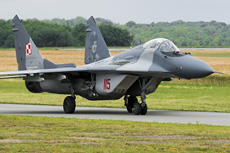
|
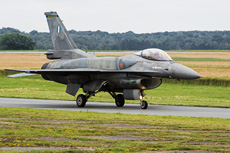
|
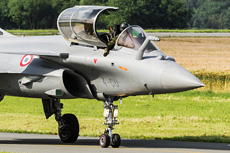
|
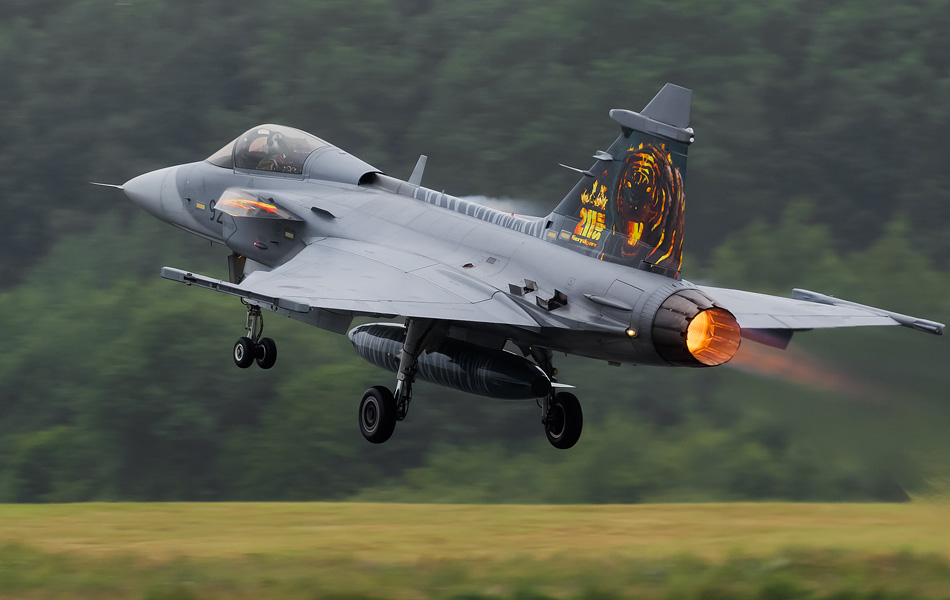
|
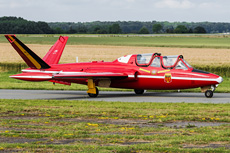
|
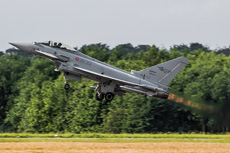
|
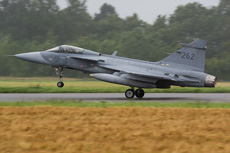
|
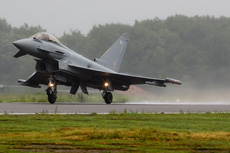
|
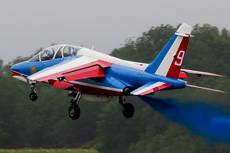
|
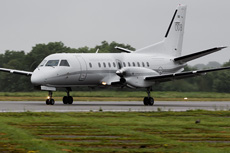
|
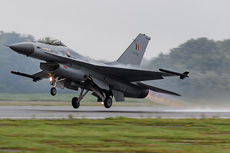
|
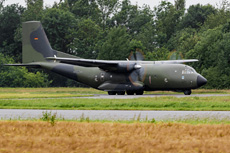
|
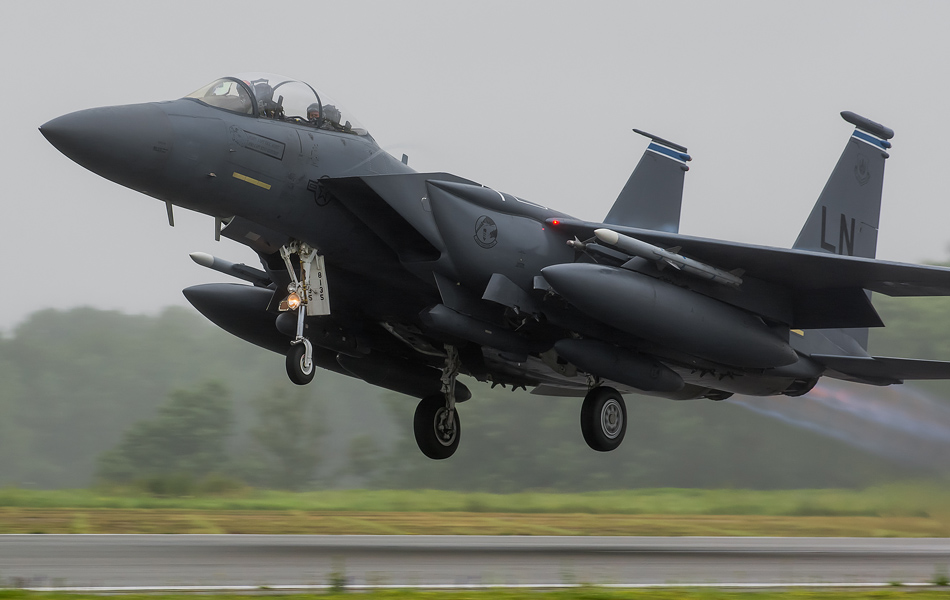
|
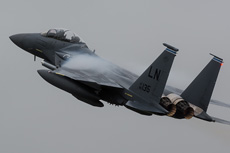
|
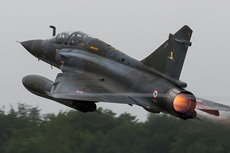
|
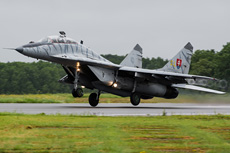
|
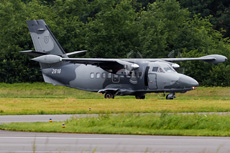
|
|
|

|







